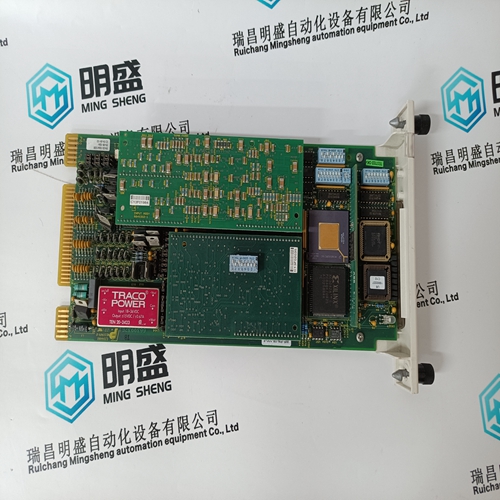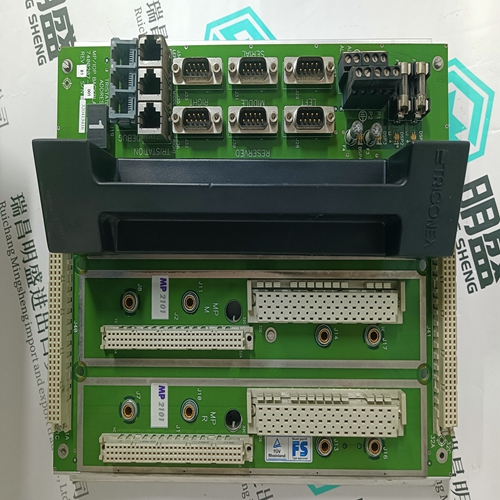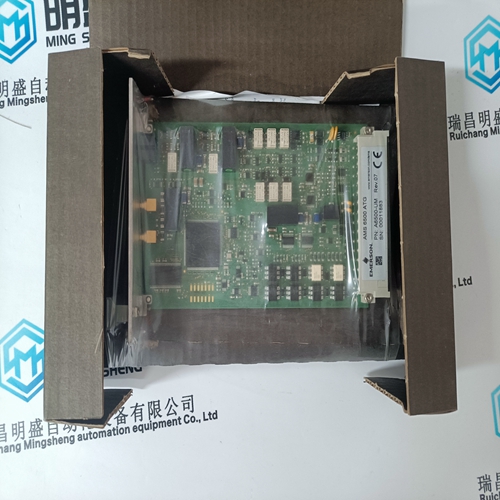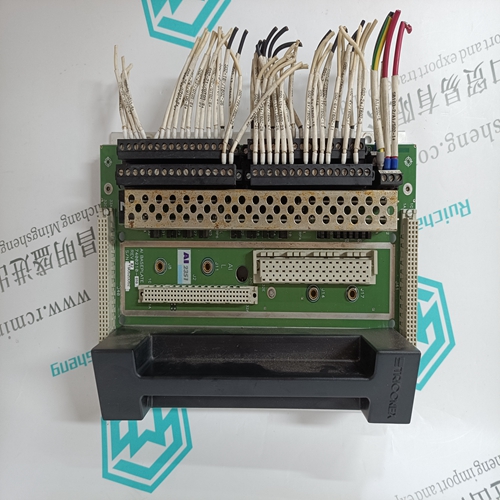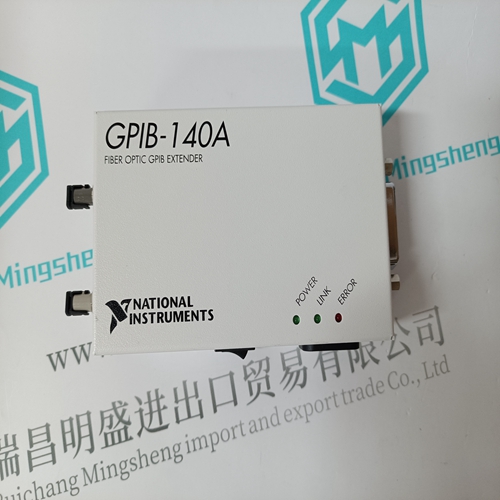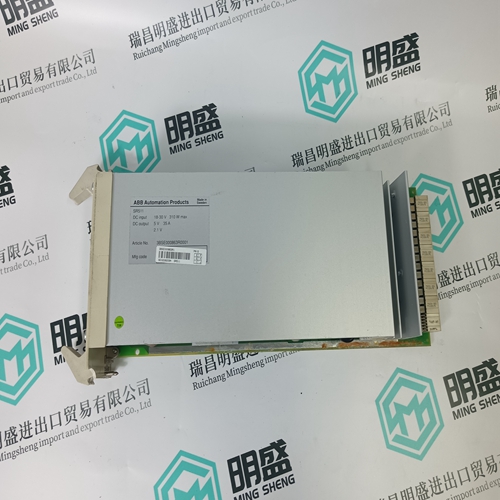Home > Product > Gas turbine system > GE DS200SSBAG1B CPU module
GE DS200SSBAG1B CPU module
- Goods status: new/used
- Delivery date: stock
- The quality assurance period: 365 days
- Phone/WhatsApp/WeChat:+86 15270269218
- Email:stodcdcs@gmail.com
- Tags:GEDS200SSBAG1BCPU module
- Get the latest price:Click to consult
GE DS200SSBAG1B CPU module
When any of the following conditions apply, a choke should be connected to each drive output as shown in Figure 4-7 and Figure 4-8.
• When a Midi-Maestro drive is being used and the motor inductance is less than 2mH
• When a Maxi-Maestro drive is being used and the motor inductance is less than 3mH
• During emergencies, the user short-circuits the motor connections
• High frequency switching noise is troublesome
• The motor overheats (irrespective of motor inductance) When a choke is fitted, pin 17 should be connected to terminal 1 of the choke and pin 18 should be connected to terminal 2 of the choke
The two cables between the drive and the choke are a source of noise. The cables should be kept as short as possible (300mm is recommended). Terminal 3 of the choke should be connected to the + terminal of the motor. Terminal 5 should be connected to the - terminal on the motor. Terminal 4 should be connected to the grounding bar.
When to use a braking resistor
When a DC motor is decelerated, or the drive is preventing the motor from gaining speed due to mechanical influences, energy is returned to the drive from the motor. When this energy is too great for the drive to absorb, the DC-bus voltage is raised, which increases the possibility of the drive tripping due to excessive DC-bus voltage. Depending on the braking requirements, an internal braking resistor, fitted in the MidiMaestro drive, or an external braking resistor, (which can be used with both the Midi & Maxi-Maestro drives), can be used for absorbing the returned energy. The braking resistor is switched into circuit by an internal transistor when the DC-bus voltage reaches a certain threshold.







Company product range
----------------------Ruichang Mingsheng Automation Equipment Co., Ltd----------------------
PLC module, programmable controller, CPU module, IO module, DO module, AI module, DI module
Network communication module,
Ethernet module, motion control module, analog input module, analog output module, digital input module, digital output
Module, redundancy module, power module, relay output module, relay input module, processor module
